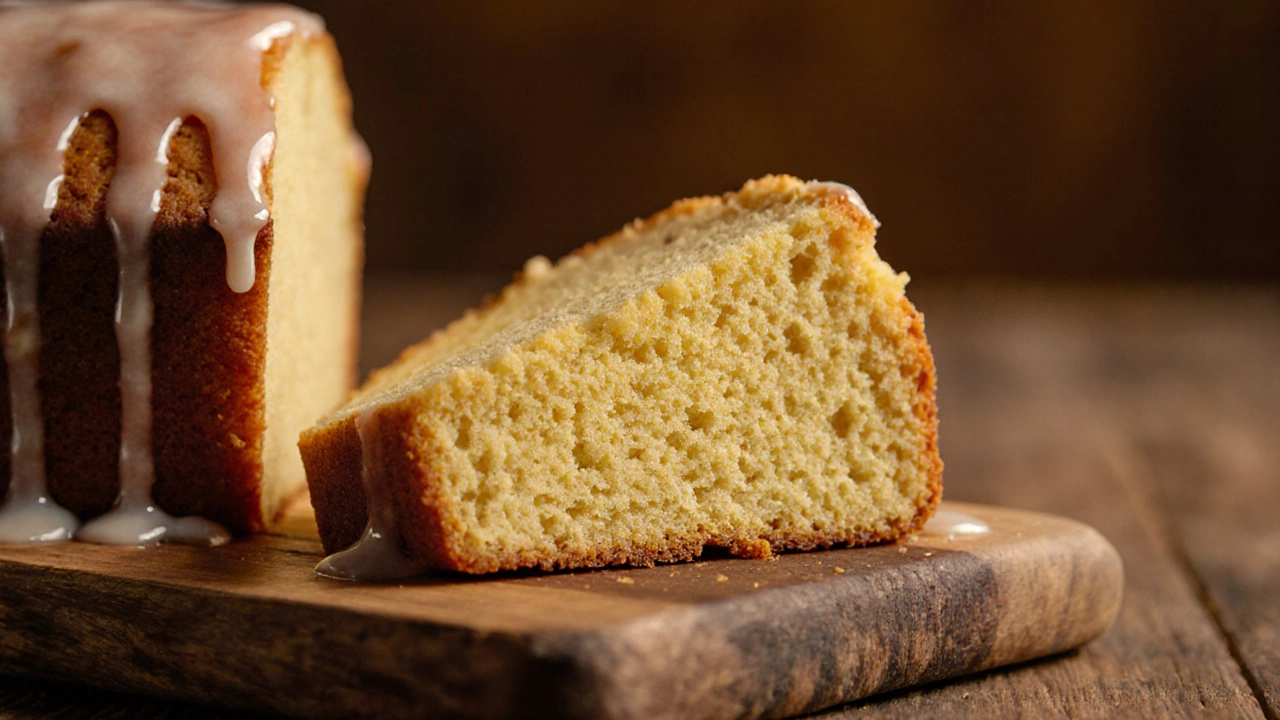
Ever wondered why a certain cake looks like a stack of crisp bills? That’s the cash cake - a buttery, melt‑in‑your‑mouth dessert that’s as simple as it is stunning.
What Is a Cash Cake?
Cash Cake is a no‑bake, buttery cake made by layering thin sheets of dough with a sweet, buttery glaze, then cutting the loaf into squares that resemble folded cash. The name comes from the visual effect: each square looks like a tiny bill, complete with crisp edges and a glossy sheen.
Where Did the Cash Cake Come From?
The concept popped up in Scandinavian home kitchens in the 1960s, where pantry‑friendly ingredients were prized. Bakers would roll out a simple dough, brush it with melted butter and sugar, then bake it flat. When sliced, the layers look like paper money, hence the nickname. It spread to the UK and the US through bake‑sale blogs, and today it’s a favorite for last‑minute celebrations because it requires only a handful of pantry staples.
Core Ingredients and Their Roles
- All‑purpose flour - provides structure; the gluten network holds the layers together.
- Unsalted butter - melts into the dough, creating that characteristic flaky texture and glossy finish.
- Granulated sugar - sweetens the glaze and helps caramelize the surface.
- Eggs - add richness and act as a binder for the glaze.
- Vanilla extract - gives a subtle aromatic backbone.
- Baking powder - provides a touch of lift, keeping the cake from becoming too dense.
Because the recipe is forgiving, you can swap in whole‑wheat flour for a nuttier flavor or use a sugar substitute for a lower‑calorie version.
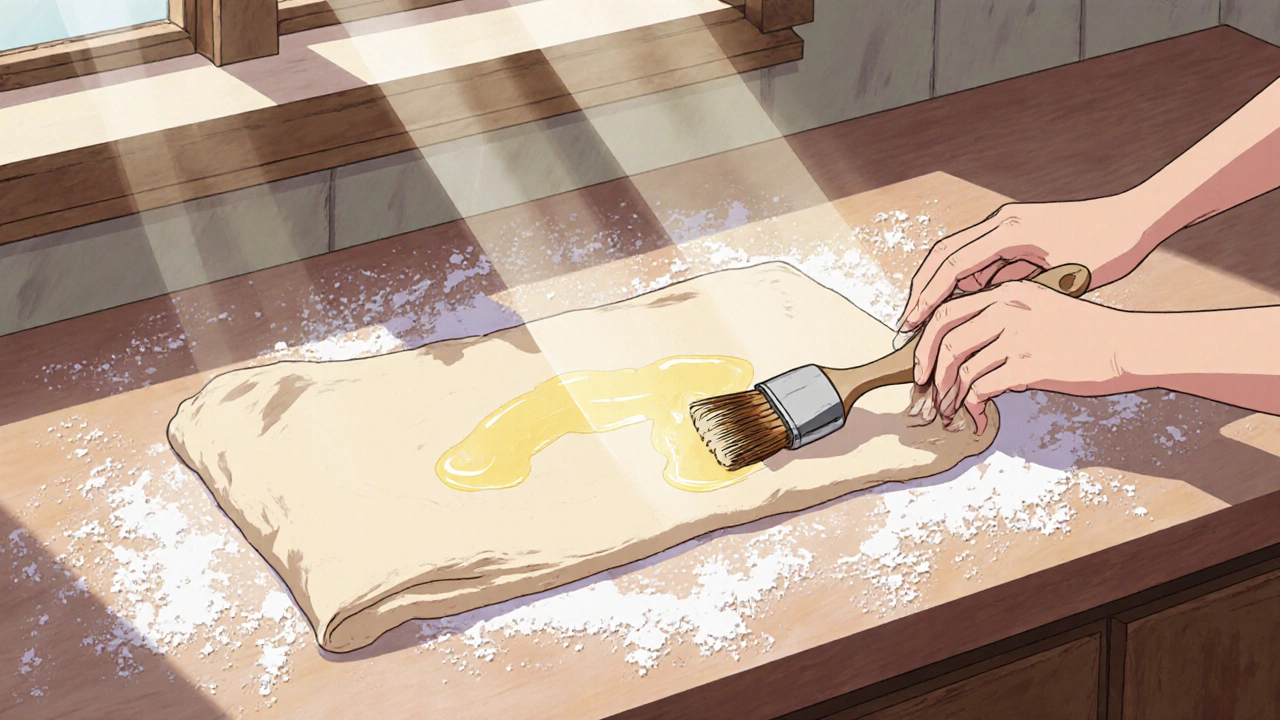
Step‑by‑Step Cash Cake Recipe
- Preheat your oven to 350°F (180°C). Grease a 9×5‑inch loaf pan.
- In a mixing bowl, whisk together 1 ½ cups of all‑purpose flour, 1 tsp baking powder, and a pinch of salt.
- In a separate bowl, cream ½ cup softened unsalted butter with ½ cup granulated sugar until light and fluffy.
- Add 2 large eggs one at a time, beating well after each addition. Stir in 1 tsp vanilla extract.
- Gradually blend the dry ingredients into the wet mixture, forming a smooth dough. It should be slightly sticky but manageable.
- Transfer the dough onto a lightly floured surface and roll it into a rectangle about ¼‑inch thick (≈12×8 inches).
- Brush the entire surface with an extra tablespoon of melted butter, then sprinkle a light dusting of sugar.
- Fold the rectangle in thirds, like a letter, creating three layers. This folding step is the secret to the “cash” effect.
- Place the folded dough seam‑side down in the prepared loaf pan. Smooth the top with a spatula.
- Bake for 25‑30 minutes, or until the top is golden and a toothpick comes out clean.
- While the cake is still warm, poke a few shallow lines across the top with a knife - this mimics the texture of folded paper.
- Let the cake cool completely before slicing. Cut into 1‑inch squares; each piece will reveal layered squares that look like tiny bills.
Serve plain, dust with powdered sugar, or drizzle a glaze made from ¼ cup powdered sugar mixed with a splash of milk.
Popular Variations
Once you’ve mastered the classic, try these twists:
- Chocolate Cash Cake: Replace ¼ cup of flour with cocoa powder and add 2 tbsp melted chocolate to the butter‑sugar mix.
- Lemon‑Infused: Add zest of one lemon to the dough and swap vanilla for lemon extract.
- Mini Cash Cakes: Divide the dough into two 6‑inch loaf pans and bake for 20 minutes; perfect for bite‑size servings.
- Nutty Cash Cake: Fold in ½ cup chopped almonds or hazelnuts before the final roll.
Storing, Freezing, and Serving Tips
Because the cake’s texture relies on butter, it stays tender for several days when wrapped tightly in plastic wrap and stored at room temperature. For longer storage, freeze the whole loaf wrapped in foil and a zip‑bag; it retains quality for up to 2 months. Thaw overnight in the fridge, then let it sit at room temperature before slicing.
When serving, place the squares on a decorative platter and sprinkle with edible gold leaf for extra “cash” flair. They also pair beautifully with a dollop of whipped cream or a scoop of vanilla ice cream.
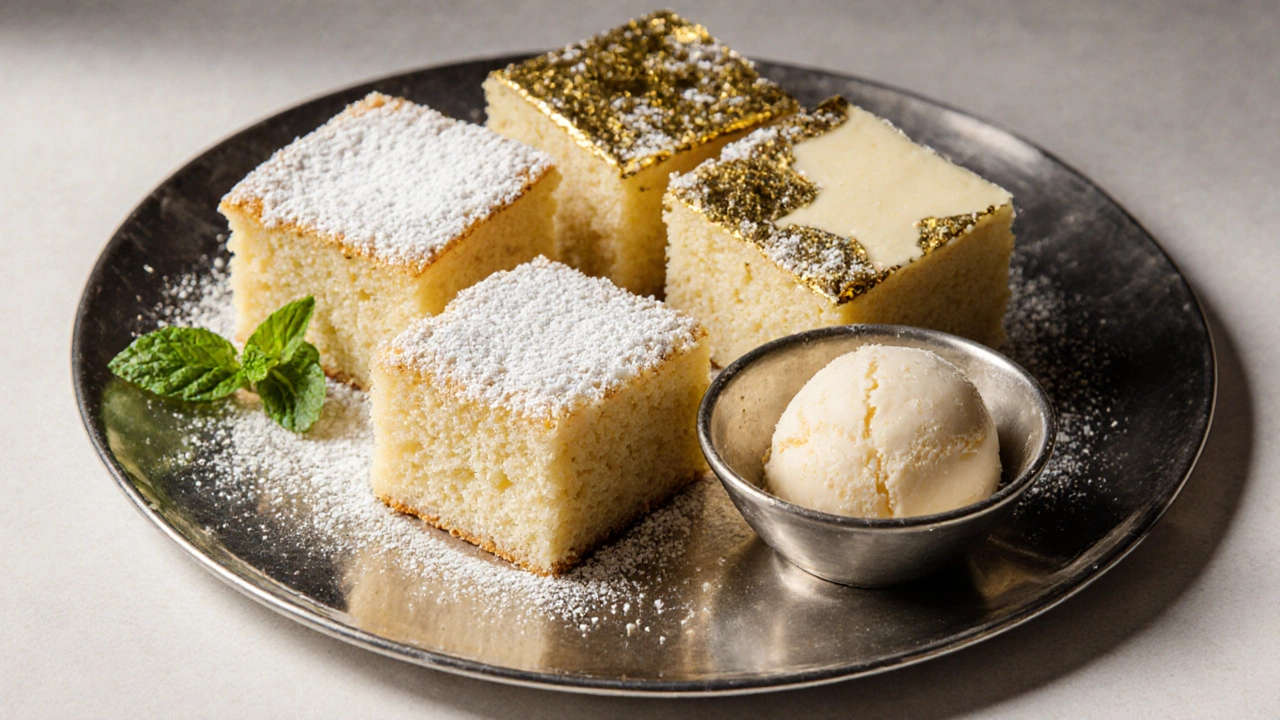
Common Mistakes and Pro Tips
- Too much flour - The dough will become crumbly and won’t hold the layers. Spoon the flour into the measuring cup, level it, and avoid packing.
- Skipping the butter glaze - The glaze creates the glossy sheen that makes the cake look like money. Brush generously before each fold.
- Over‑baking - The cake dries out quickly. Start checking at the 20‑minute mark.
- Cutting while warm - The layers shift, ruining the cash‑like appearance. Let it cool completely.
Pro tip: Use a pastry brush with soft bristles to spread butter evenly; any streaks will show up as uneven “printing” on your cash squares.
Cash Cake vs. Traditional Cake vs. Cupcakes
| Attribute | Cash Cake | Traditional Layer Cake | Cupcakes |
|---|---|---|---|
| Preparation Time | 30 min | 45‑60 min | 25‑35 min |
| Baking Time | 25‑30 min | 30‑40 min | 18‑22 min |
| Key Texture | Flaky, buttery layers | Soft sponge with frosting | Moist, individual portions |
| Serving Style | Square “cash” slices | Full‑size slices or tiered | Individual cupcakes |
| Best For | Quick gatherings, novelty desserts | Formal parties, weddings | Kids’ birthdays, buffet stations |
Mini FAQ - Your Cash Cake Questions Answered
Can I make a gluten‑free cash cake?
Absolutely. Substitute the all‑purpose flour with a 1‑to‑1 gluten‑free blend that contains xanthan gum. The texture stays buttery, though the cake may be slightly more crumbly.
Why does my cash cake turn out dry?
Over‑baking or using too much flour are the usual culprits. Keep an eye on the oven and measure flour by spoon‑and‑level method.
Can I add frosting on top?
Yes, a light drizzle of vanilla glaze or a thin layer of cream cheese frosting works well. Avoid heavy frosting; it masks the flaky layers.
How long does a cash cake keep at room temperature?
Wrapped tightly, it stays fresh for 3‑4 days. For longer storage, freeze as described earlier.
Is this cake suitable for vegans?
Swap the butter for a plant‑based solid (like coconut oil) and replace eggs with flax‑seed “egg” (1 tbsp ground flax + 3 tbsp water). The result is still flaky, just dairy‑free.



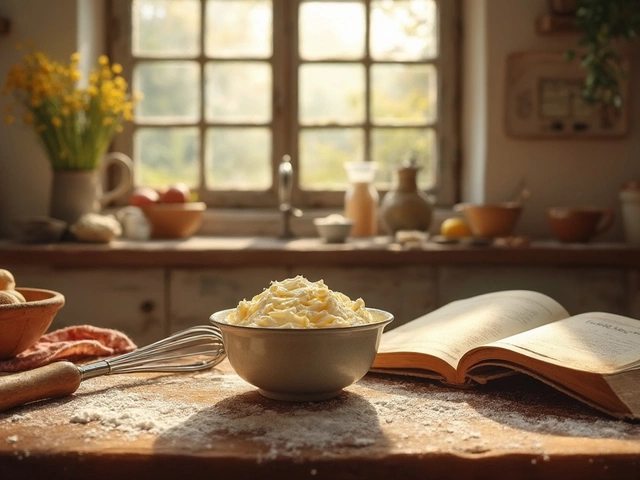
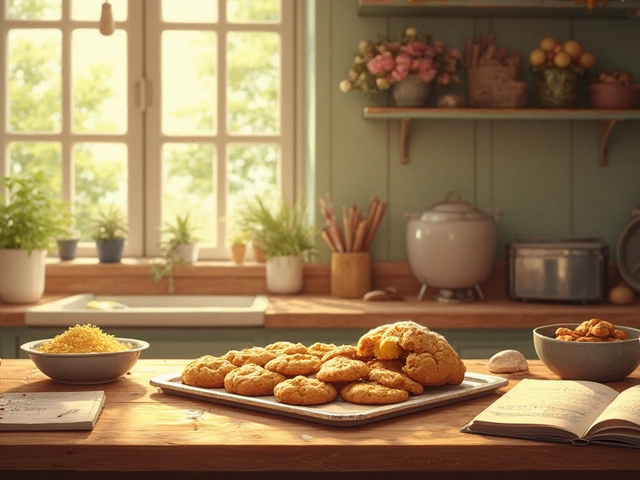
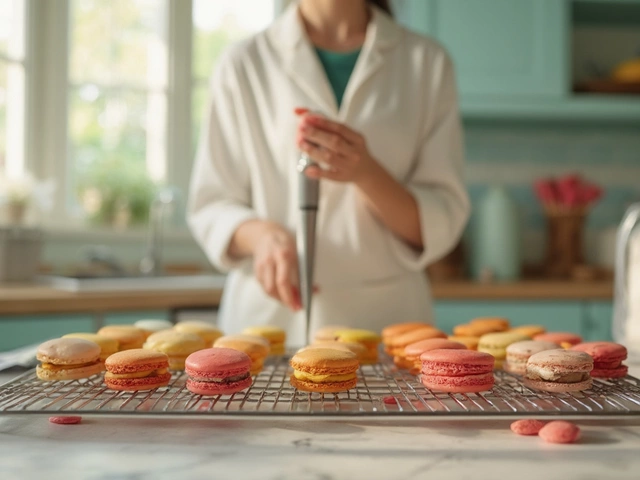

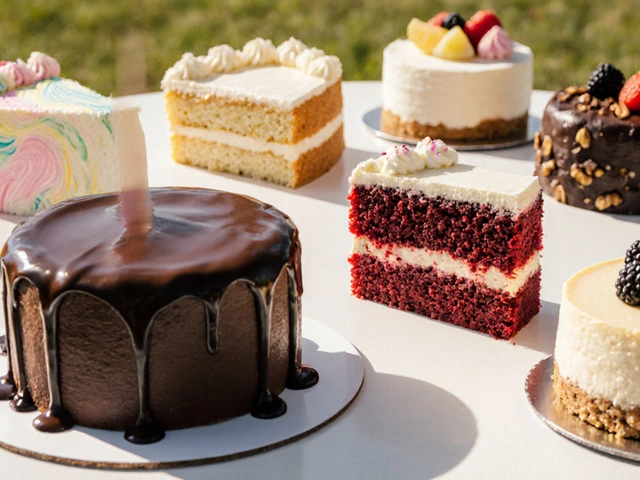
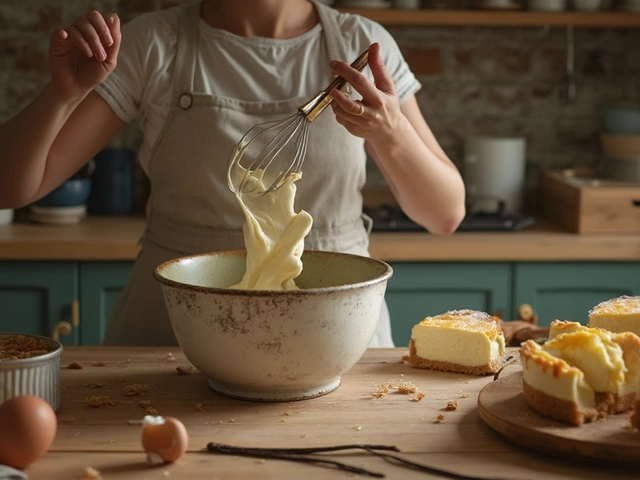
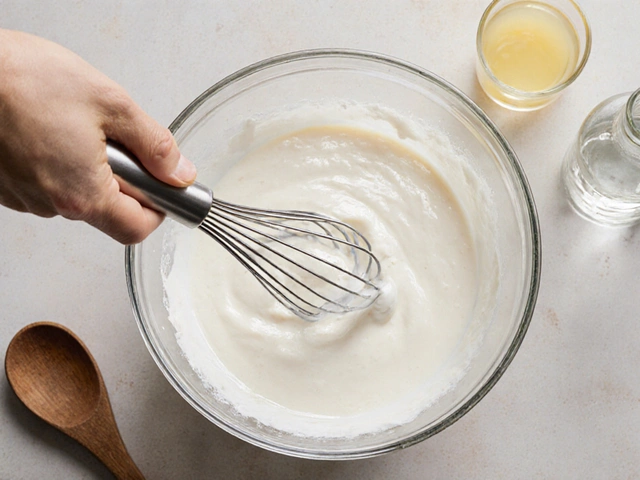
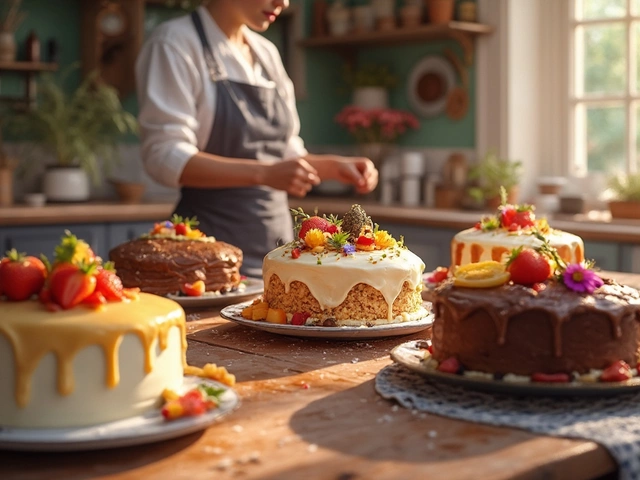
Write a comment